It’s all about the music
INTRODUCTION
The influence of technology on music and musical performance has resulted in significant changes in the commercial and creative contexts. Digital and online technologies have resulted in the most revolutionary change in music since the recording technology introduced in the late 19th and early 20th centuries. This paper examines historical and recent influences of technology on music and performance. The analysis reveals that technology has played an important role in changing the commercial and creative dynamics of music and performance for hundreds of years. The recent changes in music from new technologies reflect these historical developments. Technology expands the musical repertoire as it facilitates the distribution of music among musicians, audiences, and composers, while at the same time the distribution of music based on new technologies presents challenges and opportunities for commercial producers and distributors.
HISTORICAL BACKGROUND OF TECHNOLOGY’S INFLUENCE ON MUSIC AND PERFORMANCE
In order to understand the recent role of technology in music and its performance, a review of the history of technological developments in musical instruments is necessary. Even though digital and online technology is perceived to be the most dramatic shift in the course of musical history, in fact changes in technology have constantly shaped the course of music and musical performance. Jeremy Montagu, author of “Musical Instruments: History, Technology, and Performance of Instruments of Western Music,” documents the role of technology in creating new instruments, either through original invention or through refinements to previous instruments. In the case of the former, the technology necessary to create the organ, a new instrument, in Western church music led to an extraordinary change in how church music was performed.
In some aspects, the technology necessary to create the organ borrowed from previous technologies in other instruments, but these technologies were not used to revise an instrument but rather to create a completely new instrument (Montagu). The organ used much of the woodwind technology that already existed in those instruments, such as the flute, piccolo, and recorder. The technology that allowed tones to be produced by passing wind through narrow openings in wood or metal instruments was applied to the pianissimo, the predecessor to the piano. Unlike those two instruments, the organ’s much more powerful sound transformed church musical performance.
The organ allowed instrumental accompaniment with a large choir to now be possible with one instrument, whereas formerly a large choir required a large orchestra for musical accompaniment (Montagu). With the purchase of an organ, a church choir only needed one musician for accompaniment. Before the organ, most musical performances in churches were entirely vocal because of the high costs of hiring musicians for an orchestra. Even though organs were expensive in their early years, they were still less expensive than hiring a full-time orchestra. With an organ, church musical performances could now add instrumental accompaniment to the choir’s performances.
In other instances, technology was used to refine previous instruments, notably the pianissimo into the piano (Montagu). As this example illustrates, technological changes are often used to improve qualities of the previous instrument. In the case of the pianissimo, the changes made in string, pedals, and body produced a much richer, louder, and complex sound than the pianissimo. These new qualities of the piano were desirable because they contributed to improved musical performances. Previously, the pianissimo was played as a solo instrument because otherwise the other instruments or vocalists would overwhelm the sound of the pianissimo. The piano could contribute much more to a symphony and/or vocalist performance because of its greater volume.
These examples reveal the importance of acoustics in the history of technological development of instruments. Montagu claims that motivation for many technological changes in the history of instruments was to improve the acoustical dynamics of musical performances. These dynamics include various musical elements, including tone, volume, texture and timber. Nearly all technological changes were intended to provide greater variety or expansion in the musical elements the instrument could deliver to the performance, since a greater range of acoustics contributes to a more dramatic and powerful performance, which is particularly important to please audiences.
The history of music technology also reveals the importance of technological developments outside the world of music that are applied to music technology (Montagu). The introduction of brass instruments required advanced technologies related to mining, smelting, and early industrial processes of metal refinement. These technologies had been developed outside the musical world for the purpose of economic and military development. Instrument makers and inventors saw the opportunity for their application to create new instruments, or refine existing instruments.
The history of music technology also illustrates the collaboration between inventors, manufacturers, musicians, musical directors, and composers (Montagu). The collaboration is difficult to trace, but most scholars believe that observations of new technologies being produced outside the musical world led to discussions among these parties, with inventors being the most vital stakeholder. Most of the inventors of new musical instruments were makers of existing instruments. They observed technological developments outside the musical world and discussed their ideas with innovative musicians, musical directors, and composers interested in introducing new sounds to their repertoire.
These discussions led to collaborations in which inventors identified a potential market for new or refined instruments and thus began the process of invention, manufacture, marketing, and sales (Montagu). In the pre-industrial era, this process was not as advanced as it is today. But the same elements of the process existed in that time as now. Inventors sought financing for the work they would have to perform and resources they would have to use before they would realize any sales. Marketing consisted mostly of word of mouth in the musical circles of Europe, as well as the distribution of rudimentary print marketing materials, which were also distributed in musical circles, particularly in churches and state-sponsored symphony orchestras, since for-profit orchestras were relatively rare until the 19th Century. Once interest in the new or refined instrument was established, inventors would partner with manufacturers to produce the products on a larger scale.
In addition to the influence of technology of instrumental development on the course of music and musical performance, the introduction of recording technology is considered probably the most important historical development in music given a technological development (Bates; Montagu; Taylor). Recording technology became available in the late 19th Century and revolutionized both the creative and commercial contexts of music and musical performance. This occurred in several ways.
First, recorded music allowed musical performances to be captured within a technology that could reproduce the performance in the future (Bates). This technology allowed people to listen to music without a live performance. Previously, listening to music was almost always a social or commercial activity due to the nature of the live performance. Significant efforts in organization, practice, production, and other aspects of the live performance made listening to music a rarity, a special event. Certainly, music could be performed at a small, informal scale, such as through singing and/or playing instruments solo or in a small group, but this format greatly reduced the type of music that could be heard by most people on a regular basis, particularly non-musicians (Montagu; Taylor).
Most people before recorded music heard live performances in church or community settings that reflected the cultural traits of those settings (Bates). But recorded music allowed a much greater variety of music to be recorded, distributed, and sold around the world. This variation of music that could now be heard had significant creative and commercial impacts on music and musical performance.
The creative impact related to the fact that musicians and composers could now hear music from other settings and culture outside their immediate social experience (Taylor). This resulted in the eclecticism in musical composition and performance. Musicians and composers began to integrate styles, instruments, and orchestrations from other musical cultures into their own culture. In addition, the creative impact included the dynamic wherein musicians and composers from the same genre would be influenced by their peers, resulting in slight changes to the music that gradually evolved into changes of genre.
There are numerous examples of these creative impacts of recorded technology on music and performance. The evolution of various styles of jazz occurred as a result of the commercial distribution of jazz recordings, leading to much more rapid changes within the genre (Bates). Musicians listening to others in the same genre would be prompted by slight variations to build upon these variations, resulting in change. Perhaps most important from the commercial aspect, rhythm and blues music from the African American community was revised by white musicians to create rock and roll. Since these two communities lacked social integration, recording technology was crucial in this musical development.
The commercial impact of recording technology was also significant in the course of music and musical performance. The literature provides evidence of the dramatic increase in the commercialization of music as a result of recording technology (Bates; Taylor; Montagu). Previously, commercial music was limited to live performances, which charged an entry fee for the audience. Recording technology created an entirely new musical product that could be mass produced and distributed, resulting in the emergence of the musical recording industry, which would become one of the most important producers of entertainment culture in the history of the industrial world (Leonardo Music Journal).
Playing til your fingers hurt
TECHNOLOGY’S INFLUENCE ON MUSIC AND PERFORMANCE IN RECENT YEARS
All of these developments in the history of technology in music and musical performance are evident in recent years in the advent of digital and online technologies. Digital and online technologies have revolutionized individual interactions with music, social experiences of music, creative aspects of music, and commercial aspects of music. Eliot Bates, author of “Recorded Music: Performance, Culture, and Technology,” asserts that the changes brought to music and musical performance by digital and online technologies, particularly the MP3 and online downloading, have been as revolutionary in their impacts on music and musical performance as recording technologies were in the late 19th and early 20th centuries (Bates). Other scholars have come to the same conclusion, noting the rapid changes in creative and commercial contexts (Faria; Leonardo Music Journal; Montagu; Sanden; Taylor).
The development of hardware and software technologies that produced MP3 players and online downloading services are perhaps the most influential in the course of music in the commercial context. Regis Rossi Faria, in “Profiling New Paradigms in Sound and Music Technologies,” documents the rise of these technologies in allowing individuals to share music in a manner unlike previous recording technologies. A digitalized version of a song could be copied and distributed between listeners much easier than previous tape recording technology, violating copyright laws (Faria).
Previously, the emergence of tape recording technologies had resulted in commercial impacts on the recording industry, and the industry actually tried to prevent the release of this technology as a commercial product (Sanden). That effort failed, and so did the industry’s effort to prevent the development of online music sharing technologies and the copyright violations they facilitated. The Leonardo Music Journal documents the dramatic decline in sales of CDs in the MP3 and online sharing era, with sales roughly one-third of what they were before these technologies.
The response by the music industry to copyright violations made possible through these technologies has involved developing new products and services that capitalize technologies combined with litigation against violators (Sanden; Taylor). The music industry has partnered with online music services such as Apple’s iTunes in an attempt to provide a legally and commercially viable use of this technology. Some recording companies have developed their own online products and services intended to harness this technology in a commercially viable manner. Simultaneously, the recording industry litigates lawsuits against companies and individuals that violate copyrights, and they lobby national regulatory bodies to pursue criminal charges against violators (Sanden).
Despite these efforts, sales of recorded music distributed commercially and lawfully have declined dramatically in recent years. Forbes magazine reported last year that in addition to declining sales of compact discs, online sales also decreased for the first time in history last year (Oswinski). The decrease in online sales, notably iTunes, reflects the fact that consumers might be turning once again in greater numbers toward the illegal online services that facilitate copyright violations. The Recording Industry Association of America is constantly filing suit against these operators, but these efforts are limited because many of the new operators are located in countries, such as Russia and the People’s Republic of China, that do not cooperate with industry or the U.S. government.
Another reason for the decline in online sales of songs and albums is the introduction of a new technology and associated service: online streaming (Oswinski). Online streaming involves the distribution of music in an online format that is similar to radio distribution. Online streaming services, such as Pandora, Amazon Prime, and Rdio, allow consumers to listen to music based on their selection of a preference for the song, album, musician, or genre (Sanden). For example, Pandora’s service gives customers the option to identify a song, album, musician or genre that they prefer, and Pandora’s algorithm streams music that has the same musical elements. Pandora’s algorithm is based on a musical genome in which Pandora’s composers and musicians break every musical selection into a variety of elements, which are then aggregated into the online stream distributed to the customer.
These services are based on a fee or advertising model that is not as lucrative as direct purchase of the song or album under the previous distribution channels of online and retail record stores (Sanden). Due to the relative newness of streaming technology, the recording industry is trying to determine how to maximize revenues in negotiations with the online streaming services (Oswinski). Music industry analysts believe that the online streaming technology makes it difficult to determine how many times a musical selection has been played, which is essential for the industry to collect royalties.
Both online streaming and sharing technologies have had important impacts on creative production and performance as well. Perhaps most notably, these technologies have made the song or individual musical selection more important than the entire album in which the song was released (Oswinski; Taylor). Individuals tend to download and share individual selections rather than purchase the entire album. The history of popular music, particularly since the 1960s, has emphasized the composition of albums by musical artists. Certainly, hit songs from the artist tended to drive album sales, but today individuals can purchase, share, or stream the individual song, which is captured on their recording devices. Some musical artists are turning away from composing from the basis of an album and instead focusing on releasing only one or just a few songs in one commercial release (Oswinski). This has been particularly common in the hip hop genre (Sanden).
Another influence of digital and online technologies relates to musical performance. Audiences today have access to more musical performances than any time in history, and these performances can be accessed free of charge and in a much more convenient manner than recording technologies provided in the past. Musical performances that have been recorded in audio and video formats allow access by audiences around the world (Montagu; Sanden; Taylor). Rare musical performances by a tribe in a remote Amazon jungle can be accessed by anyone on YouTube. Paul Sanden, author of Liveness in Modern Music: Musicians, Technology, and the Perception of Performance, attributes the increased popularity of the world music genre as a result of these new technologies and the ease of distribution they facilitate. In the past, recordings would need to be purchased by musicians and composers, but today online and digital technologies allow music from around the world to be distributed at a much lower cost, allowing for more creative integration of new genres.
Online streaming has recently revolutionized musical performance by allowing audiences to participate in recorded or live performances despite geographic distance (Faria). Many musical acts and venues now provide live performances to be streamed for commercial distribution. This is one area where new technology has created a potentially new source of revenue for artists and the industry. A band performing in a small club can greatly increase revenues due to live streaming audiences (Sanden). Revenue from live streaming is also particularly important for the commercial and creative viability of large metropolitan symphonies. For example, most major symphonies and opera companies today license their performances for live streaming audiences. Some of the larger companies can increase their audiences many times greater than the audience in the concert hall. Live streaming of the Metropolitan Opera in New York is distributed in movie theaters around the world, where tens of thousands of new audience members can listen.
CONCLUSION
This analysis reveals the similarities between recent and historical technological developments in the course of music from the creative and commercial contexts. Even though the technology today is much different than the developments in instrumental and recording technologies in the past, the impacts are similar. New technology always appears to result in expanded musical creative capacity as distribution is facilitated or new sounds are made possible. However, expanded distribution in particular has significant impacts on the commercial opportunities and challenges at the industry level. Today, online and digital technologies have created new opportunities for technology creators to harness revenue from the music industry while presenting enormous challenges for traditional operators in the industry. Given the extraordinary changes in music and performance in light of recent technological developments, combined with the analysis of historical trends, it is almost impossible to make a prediction about the role of technology in the future other than to say that new opportunities and challenges for commercial operators will constantly rise and fall, while fortunately creative opportunities will most likely always expand.



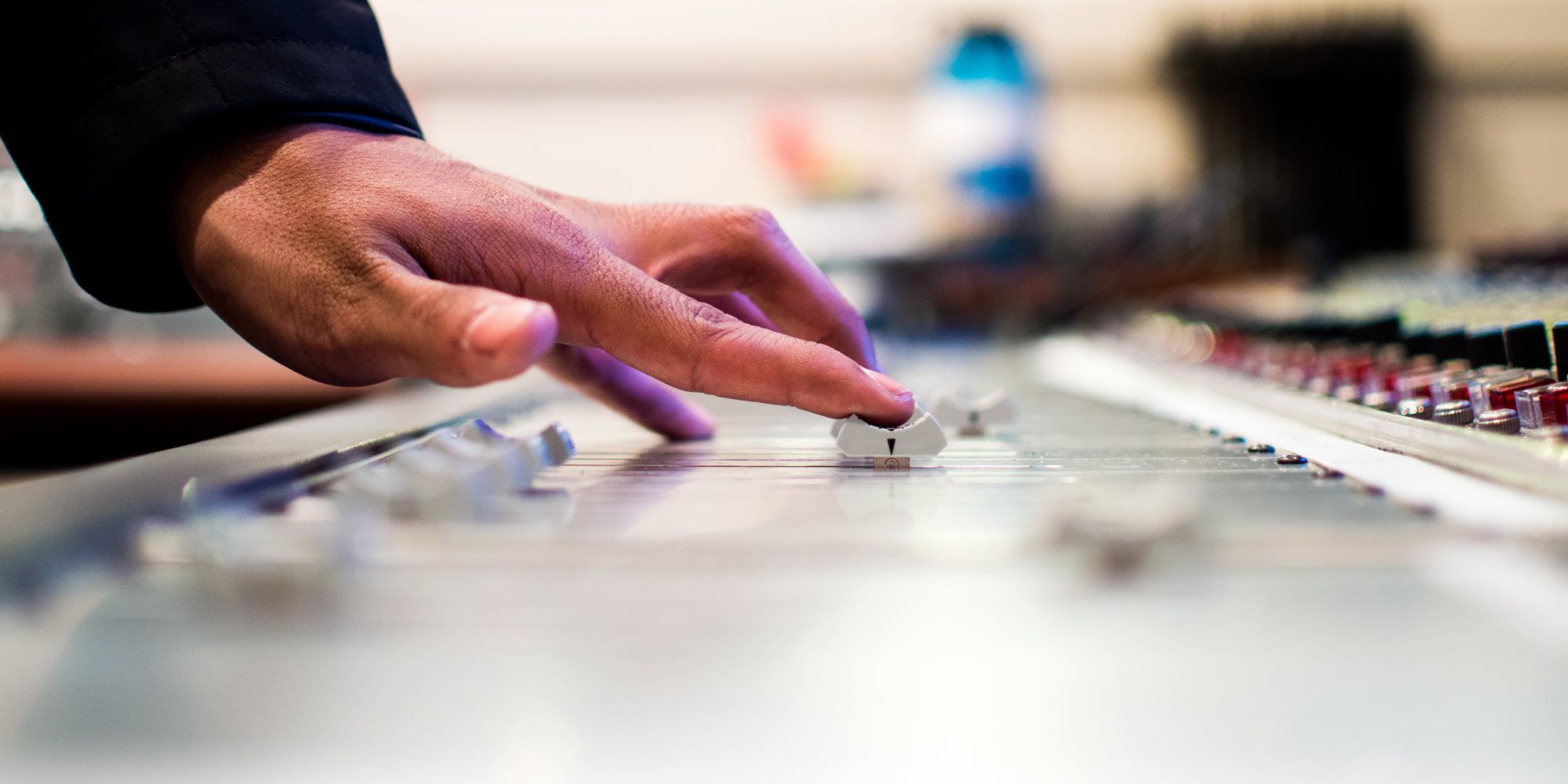


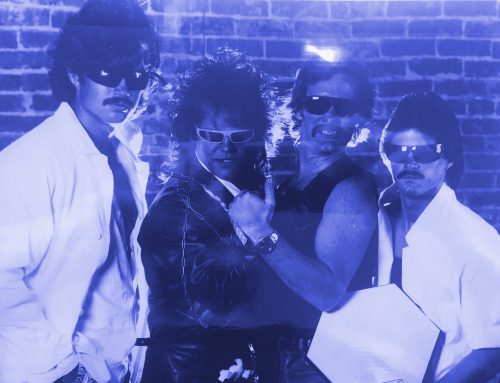
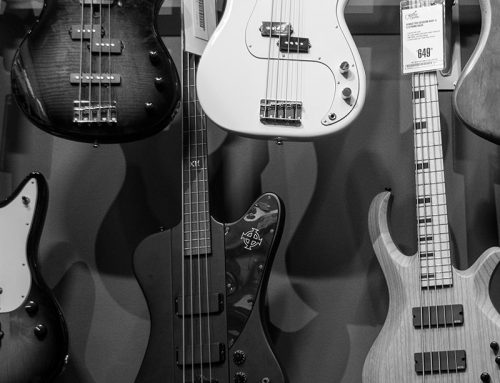
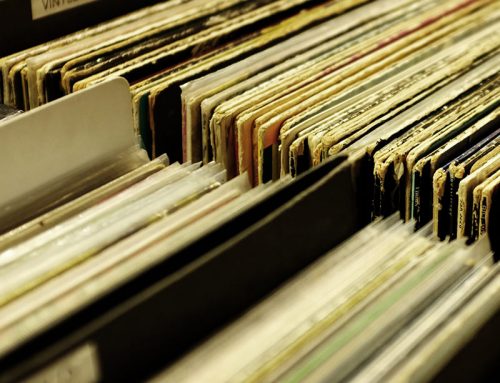

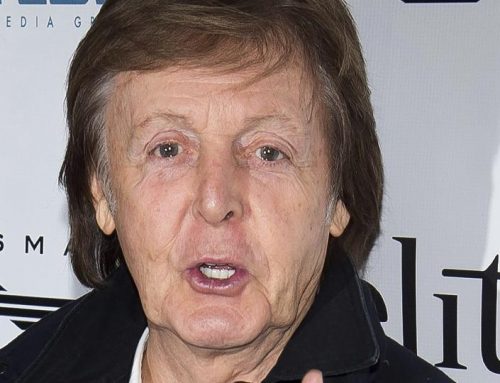
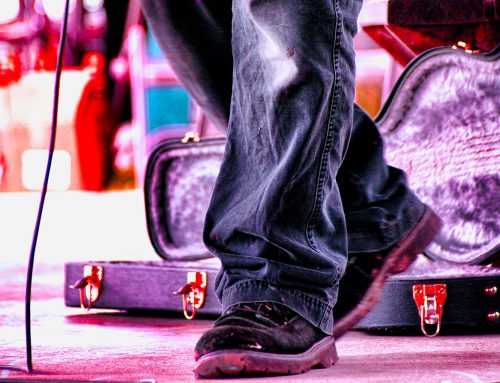

Leave A Comment
You must be logged in to post a comment.